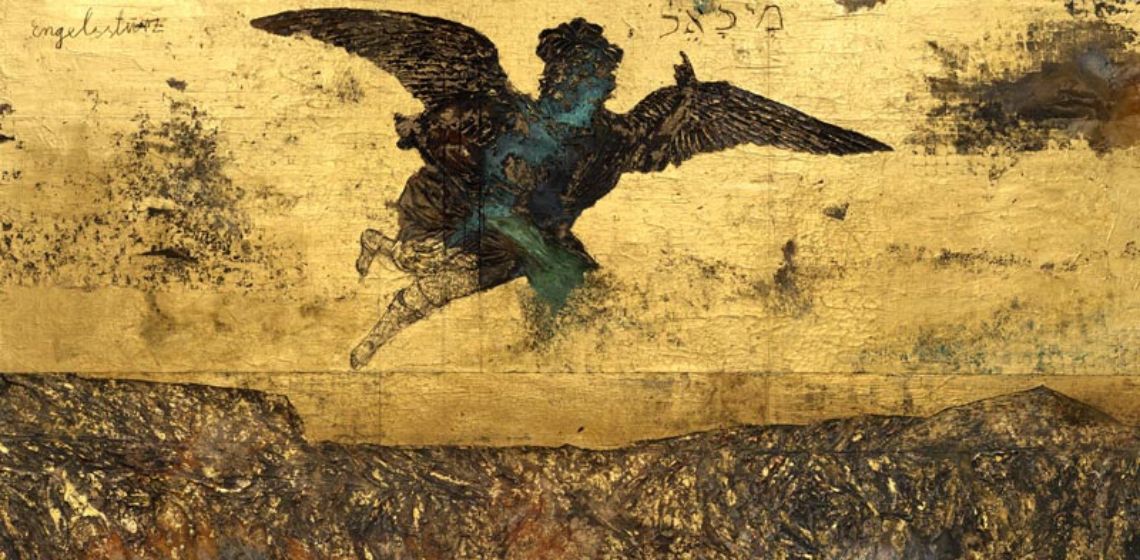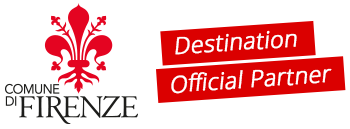
What to see in Florence in spring 2024: “Fallen Angels” by Anselm Kiefer
The exhibition will be open from 22 March to 21 July 2024 at Palazzo Strozzi.
As spring and summer breathe new life into Florence, art lovers and museum-goers can revel in upcoming art exhibitions as they list and plan things to do in Florence this summer. Whether you're drawn to Renaissance masterpieces or contemporary exhibitions, Florence's museums beckon with a treasure trove of artistic wonders. Destination Florence provides a curated selection of must-visit destinations, starting with the profound works of Anselm Kiefer at Palazzo Strozzi, a perfect blend of historical resonance and creative genius.
Open Ticket
Buy the open ticket and visit the exhibition whenever you want, from 22 March to 21 July 2024 at Palazzo Strozzi. Purchase, immediately receive your ticket via email valid for 1 entry, and enter directly to the exhibition without going to the ticket office on the date and time you prefer! Click for the Fallen Angels Open Ticket.
The exhibition
Palazzo Strozzi hosts a major exhibition dedicated to one of the greatest masters of 20th and 21st-century art, Anselm Kiefer. Renowned for his impactful works that explore themes of memory, myth, war, and existence through painting, sculpture, and installation, Kiefer presents historical works and new productions at Palazzo Strozzi, engaging in a unique dialogue with Renaissance architecture.
Each work by Kiefer always expresses a rejection of limits, in its monumentality and the power of materiality, but above all, in the infinite richness of resources with which he delves into the depths of memory and the past. He debuted on the German art scene in the late 1960s with works that reflected on the history of the Second World War and Germany's emotional and cultural legacy. This marked the beginning of an artistic pursuit in which history, myth, religion, mysticism, poetry, and philosophy merge and blur.
Curated by Arturo Galansino, the exhibition at Palazzo Strozzi aims to convey the vital complexity of Kiefer’s art, celebrating the interweaving of figure and abstraction, nature and artificiality, creation, and destruction in a profoundly engaging project, both in the physical and conceptual space of his works.
About Anselm Kiefer
Born in 1945 in Donaueschingen, Germany, Anselm Kiefer is one of today's most prominent and versatile artists. His artistic practice incorporates diverse media, including painting, sculpture, photography, woodcuts, artists' books, installations, and architecture. Kiefer studied law and romance languages before pursuing studies in fine art at academies in Freiburg and Karlsruhe. As a young artist, he entered into contact with Joseph Beuys and participated in his action Save the Woods (1971).
Early works confronted the history of the Third Reich and engaged with Germany’s post-war identity to break the silence over the recent past. Through parodying the Nazi salute or visually citing and deconstructing National Socialist architecture and Germanic heroic legends, Kiefer explored his identity and culture.
From 1971 until his move to France in 1992, Kiefer worked in the Odenwald, Germany. Throughout this time, he started incorporating into his work materials and techniques which are now emblematic–lead, straw, plants, textiles, and woodcuts–along with themes such as Wagner’s Ring Cycle, the poetry of Paul Celan and Ingeborg Bachmann, as well as Biblical connotations and Jewish mysticism.
The artist first received international attention when he represented West Germany alongside Georg Baselitz at the 39th Venice Biennial in 1980. The mid-1990s marked a shift in his work; extensive travels throughout India, Asia, America, and Northern Africa inspired interest in the exchange of thought between the Eastern and Western worlds. Structures resembling ancient Mesopotamian architecture enter the work. Glimmers of Southern France’s landscapes appear, evidenced by depictions of constellations or the inclusion of plants and sunflower seeds.
Photo credits: palazzostrozzi.org






 All the services are provided by local merchants
All the services are provided by local merchants By using this site you support Florence
By using this site you support Florence We offer products with high-quality standards
We offer products with high-quality standards You stay sustainable
You stay sustainable It's a 100% trustworthy website
It's a 100% trustworthy website